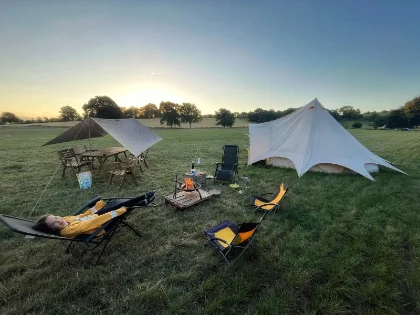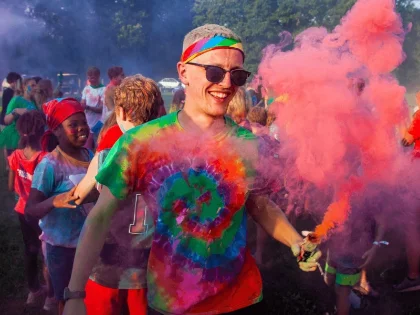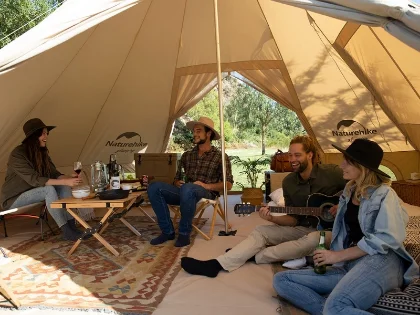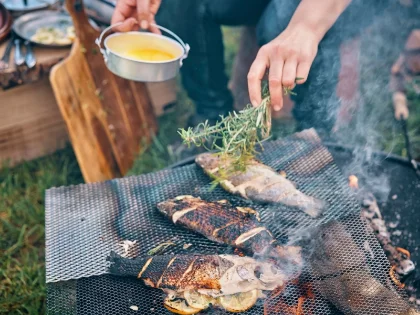What is the Most Popular Type of Camping?
Many people consider summer to be the best time of year to go camping, but you can go any time of year. There are countless varieties of camping available. Probably the most common kind of camping is backcountry camping. At this point, you are able to camp directly next to a campsite by driving up. The practice of glamping is growing in popularity. Here, you may take in the scenery while lodging in an opulent tent, cottage, or converted caravan.
Camping in a tent
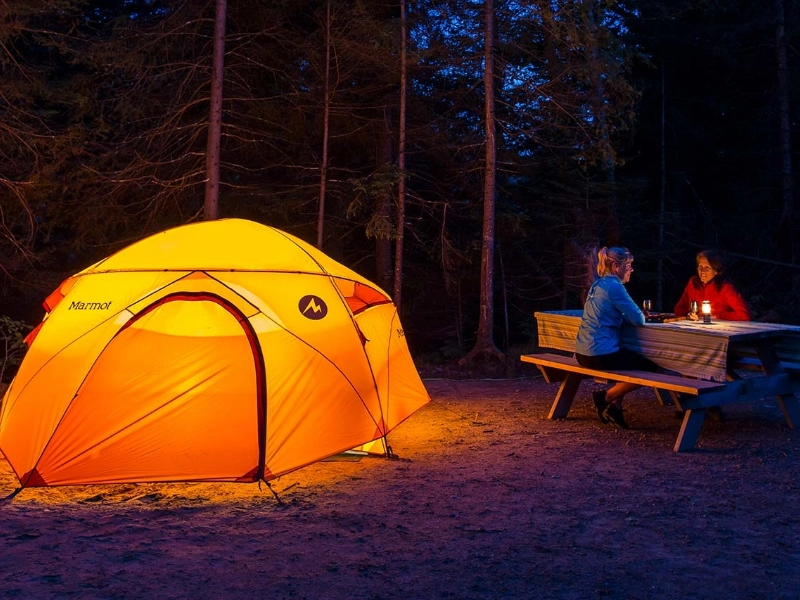
Traveling in an RV
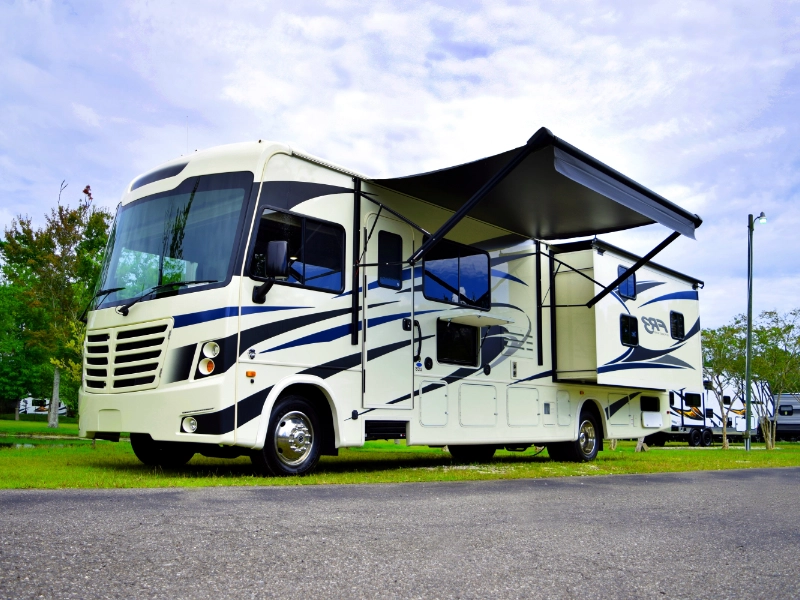 RV camping is a popular choice for people who want to experience nature and all the conveniences of home. RVs are usually parked at campgrounds that have playgrounds, toilets, swimming areas, and outdoor entertainment.
Another well-liked camping style is backcountry camping. Experienced campers must transport their own supplies to isolated locations for this kind of camping in order to set up camp in a tent or other shelter.
While some people find basic camping and backpacking enjoyable, others believe that sleeping on hard ground is too unpleasant or uncomfortable. Families and other groups can enjoy the outdoors without giving up the comforts of home thanks to car camping, which offers the ease of a house on wheels. For year-round camping, heating and cooling systems are now standard on a large number of RVs.
RV camping is a popular choice for people who want to experience nature and all the conveniences of home. RVs are usually parked at campgrounds that have playgrounds, toilets, swimming areas, and outdoor entertainment.
Another well-liked camping style is backcountry camping. Experienced campers must transport their own supplies to isolated locations for this kind of camping in order to set up camp in a tent or other shelter.
While some people find basic camping and backpacking enjoyable, others believe that sleeping on hard ground is too unpleasant or uncomfortable. Families and other groups can enjoy the outdoors without giving up the comforts of home thanks to car camping, which offers the ease of a house on wheels. For year-round camping, heating and cooling systems are now standard on a large number of RVs.
Lightweight Trekking
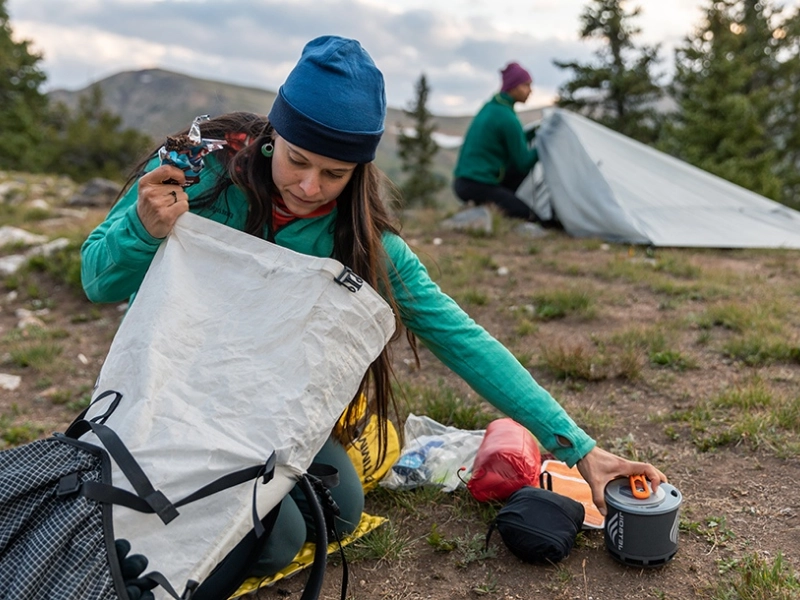 Hikers that engage in this kind of camping transport all of their equipment in a backpack. Usually, backcountry trails are the target of this. Backpackers try to minimize their environmental impact by packing light and adhering to the Leave-No-Trace philosophy.
Ultralight backpackers contend that by lowering their base weight, they can hike farther and faster with less physical strain on their bodies. They frequently use high-performance, lightweight materials like DCF, titanium, and goose down.
Since hammocks are lighter than tents, some ultralight campers prefer them. They also frequently camp in a less regimented manner, putting less emphasis on preparation and organization. Those who are inexperienced or have physical limitations should not camp like this. It is better suited for seasoned hikers who are proficient in survival techniques.
Hikers that engage in this kind of camping transport all of their equipment in a backpack. Usually, backcountry trails are the target of this. Backpackers try to minimize their environmental impact by packing light and adhering to the Leave-No-Trace philosophy.
Ultralight backpackers contend that by lowering their base weight, they can hike farther and faster with less physical strain on their bodies. They frequently use high-performance, lightweight materials like DCF, titanium, and goose down.
Since hammocks are lighter than tents, some ultralight campers prefer them. They also frequently camp in a less regimented manner, putting less emphasis on preparation and organization. Those who are inexperienced or have physical limitations should not camp like this. It is better suited for seasoned hikers who are proficient in survival techniques.
Going Overland
 Overlanding is a type of vehicle-based camping where you use a truck or 4x4 and have the capacity to go great distances over rough terrain. Enthusiasts of overlanding find fulfillment in the challenge of visiting far-flung locations that are only accessible by automobile, as well as in the excitement of discovery.
It's crucial to properly prepare for your trip, regardless of the kind of camping you're interested in. For example, you should carry GPS devices and compass apps—navigation equipment that functions in unknown territory. A range of emergency supplies, including food, water, and clothing, should also be packed. Don't forget to bring additional blankets and clothing in case of bad weather. Additionally, you want to think about packing a sleeping bag and tent in case the weather unexpectedly changes.
Overlanding is a type of vehicle-based camping where you use a truck or 4x4 and have the capacity to go great distances over rough terrain. Enthusiasts of overlanding find fulfillment in the challenge of visiting far-flung locations that are only accessible by automobile, as well as in the excitement of discovery.
It's crucial to properly prepare for your trip, regardless of the kind of camping you're interested in. For example, you should carry GPS devices and compass apps—navigation equipment that functions in unknown territory. A range of emergency supplies, including food, water, and clothing, should also be packed. Don't forget to bring additional blankets and clothing in case of bad weather. Additionally, you want to think about packing a sleeping bag and tent in case the weather unexpectedly changes.
Camping Reenactment
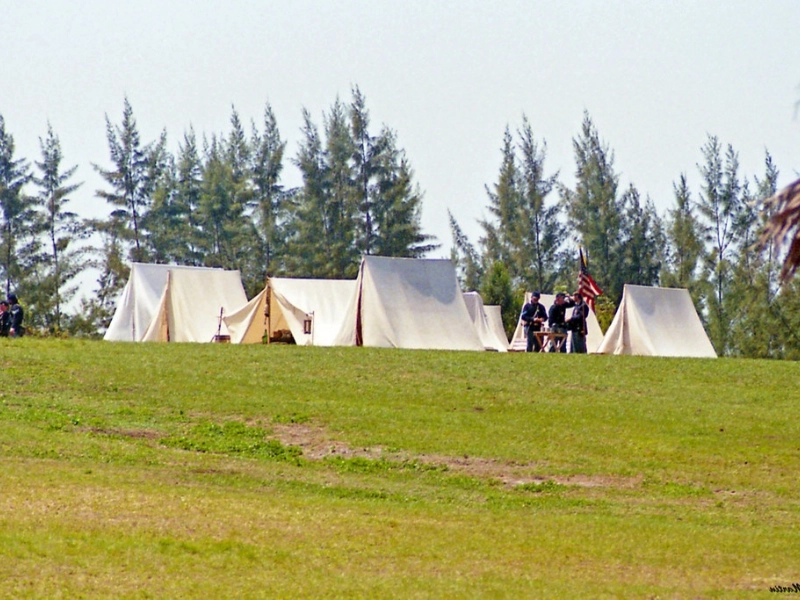 One particular kind of camping is called "reenactment camping," in which campers dress in period-appropriate clothing and pretend to be from another era. This is frequently carried out at a historical location where reenactors engage with guests and portray many facets of daily life. This is also known as hands-on history or living history.
Reenactors can portray a variety of civilian roles, such as camp followers, clergy, sutlers and peddlers, camp laundry, etc., or they can be exclusively military. Auxiliary impressions like cooking, medicine, or weapon demonstrations can also be performed by civilian reenactors.
Certain self-employed reenactors are in demand for specific occasions because of their unique impressions. While in public, reenactors should show consideration for their guests and refrain from being overtly racist, sexist, bigoted, or critical of contemporary politics.
One particular kind of camping is called "reenactment camping," in which campers dress in period-appropriate clothing and pretend to be from another era. This is frequently carried out at a historical location where reenactors engage with guests and portray many facets of daily life. This is also known as hands-on history or living history.
Reenactors can portray a variety of civilian roles, such as camp followers, clergy, sutlers and peddlers, camp laundry, etc., or they can be exclusively military. Auxiliary impressions like cooking, medicine, or weapon demonstrations can also be performed by civilian reenactors.
Certain self-employed reenactors are in demand for specific occasions because of their unique impressions. While in public, reenactors should show consideration for their guests and refrain from being overtly racist, sexist, bigoted, or critical of contemporary politics.


